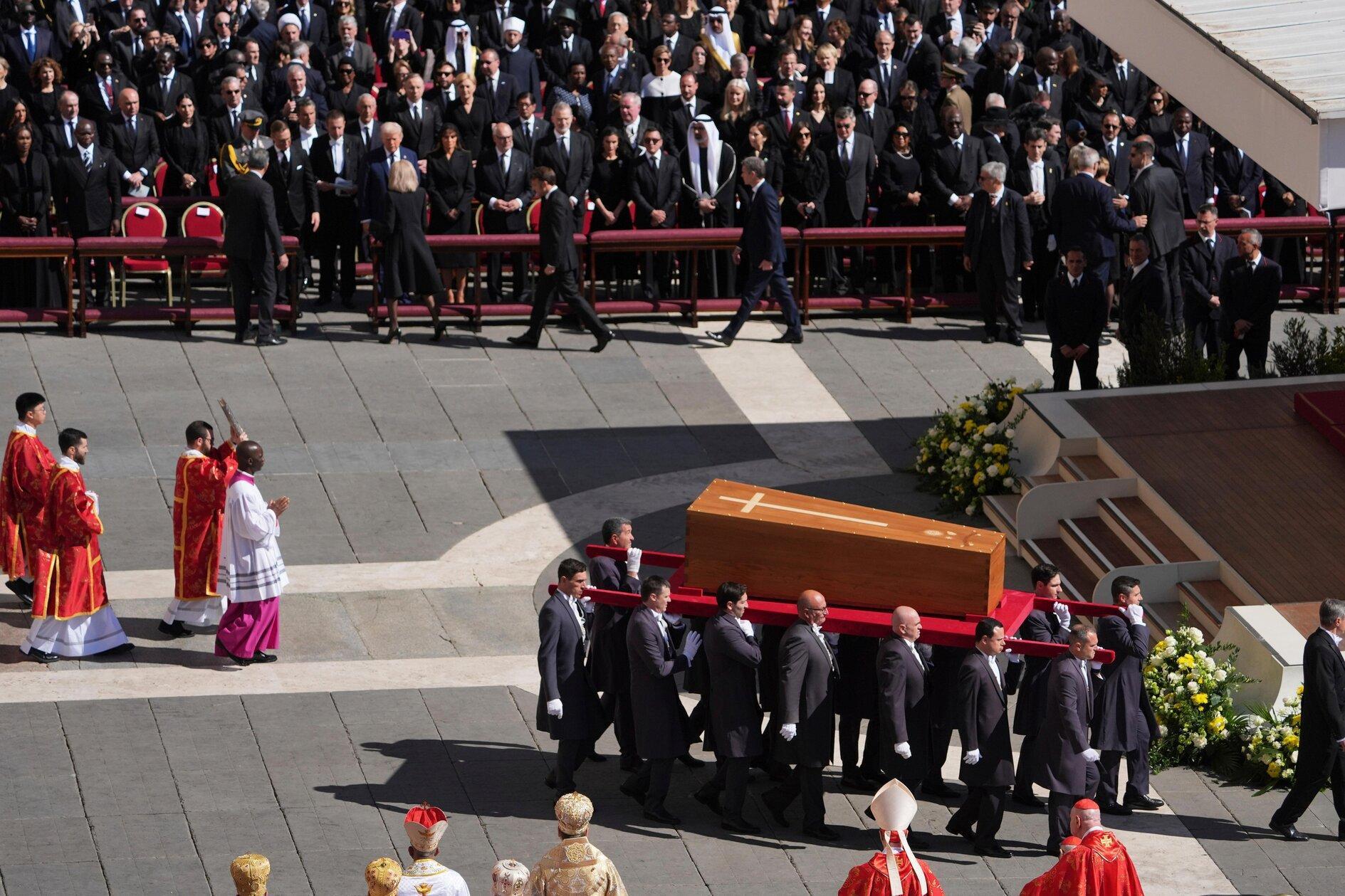Turkish nationalists and Kurds: Enemies or allies?
Sinan BAYKENT
Although the “Yes” side prevailed with 51.4 percent of the vote on April 16, an important segment of the population voted against the constitutional changes shifting Turkey to an executive presidential system. In major cities such as Istanbul, Ankara and İzmir, the “No” side came top, implying that economic and cultural elites do not really approve the new amendments proposed in the referendum.As the election results put it out loud and clear, both nationalist and Kurdish votes had a critical impact on closing the breach between “Yes” and “No.” President Recep Tayyip Erdoğan and the ruling Justice and Development Party (AKP) cadres were certainly expecting a larger victory, as some polls had predicted a “Yes” vote of at least 55 percent. Nevertheless, nationalist votes in big cities throughout coastal areas - with the exception of the Black Sea region - were massively orientated toward “No.”
The Nationalist Movement Party’s (MHP) electoral base is heterogeneous: Coastal regions largely contain nationalist voters who have incorporated significant republican features, leading to a certain permeability with the electorate of the main opposition Republican People’s Party’s (CHP). On the other side, the MHP’s electorate in Anatolia clearly displays proximity with more conservative values, thus making its alignment with the AKP easier.
Meanwhile, Kurdish votes also split in two. Although AKP analysts claim that Kurds’ reaction was “very positive” in the referendum, the numbers do not support this hypothesis. It is true that the AKP seems to have expanded its vote in Kurdish regions. However, the momentum triggered by the Islamist Kurdish political party Hüda-Par should be taken into consideration. The struggle against the outlawed Kurdistan Workers’ Party (PKK) has surely had some positive effects on “Yes,” but it should be noted that Hüda-Par obtained nearly 5 percent in Kurdish cities in the 2014 local election. We should also mention that an important number of traditional Peoples’ Democratic Party (HDP) voters did not bother or could not go to the ballots. In this sense, the AKP really missed a chance to boost its votes, at least in absolute terms.
So the voting map indicates that the AKP-MHP coalition is stuck in Central Anatolia and the Black Sea region. In the “No” camp, meanwhile, a somewhat spontaneous and confusing alliance seems to have taken shape. Modern Turkish nationalists, republicans, Kurds and anti-imperialist conservatives got together (not without prudence) in order to counter President Erdoğan’s bid to reach “total” powers. This amorphous alliance reminds me of the June 7, 2015 general election, the day when the AKP lost its parliamentary majority and new national dynamics blossomed. Putting to one side the result of the November 2015 snap election, clearly the AKP’s opponents are still seeking a way out of single-party rule. The most interesting part of this search, however, is the fact that modern Turkish nationalists and Kurds represent its two leading forces.
Could a rational, viable and sustainable dialogue be opened between these two actors? I personally know it is possible. But both sides must abandon the classical “politician politics” genre, showing courage and digressing from the framework of the system. If modern Turkish nationalists are able to properly acknowledge Turkey’s new sociological table, as presented by the latest voting map, and take action accordingly, they could perhaps prevent nationalism from sinking into a terminal phase under the rule of current MHP leader Devlet Bahçeli. This could contribute to the opening of an era of peace, prosperity and stability in Turkey.











